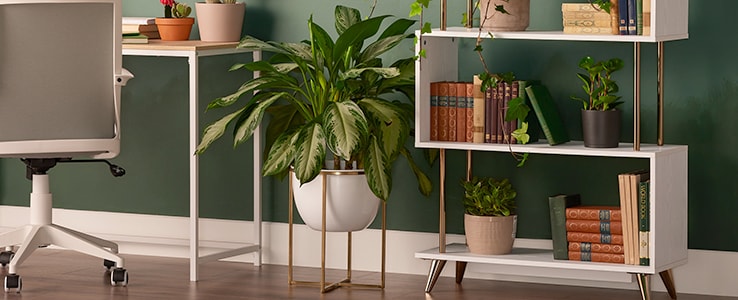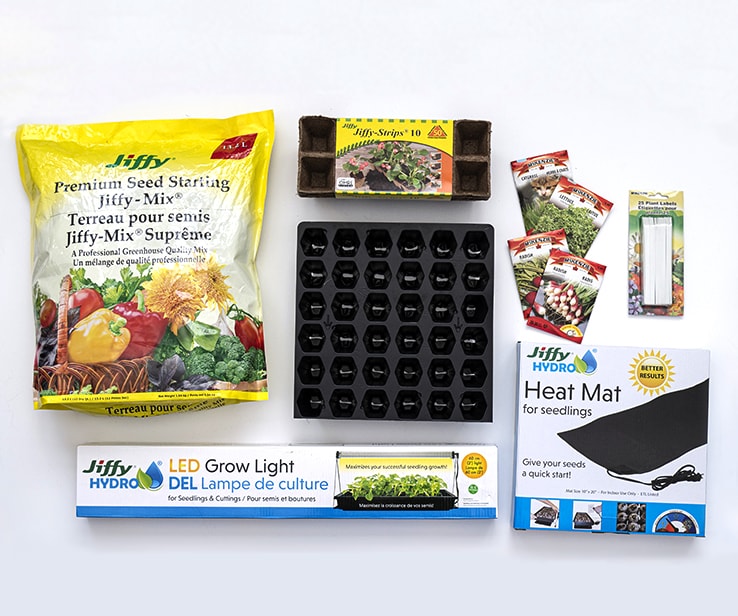
1Plan the Vegetable Garden
Before digging into the project, put pen to paper and answer these questions.
Veuillez vous connecter à votre compte afin de profiter de vos rabais en ligne.
Se connecterPlease sign in to your account to take advantage of your online discounts.
Sign in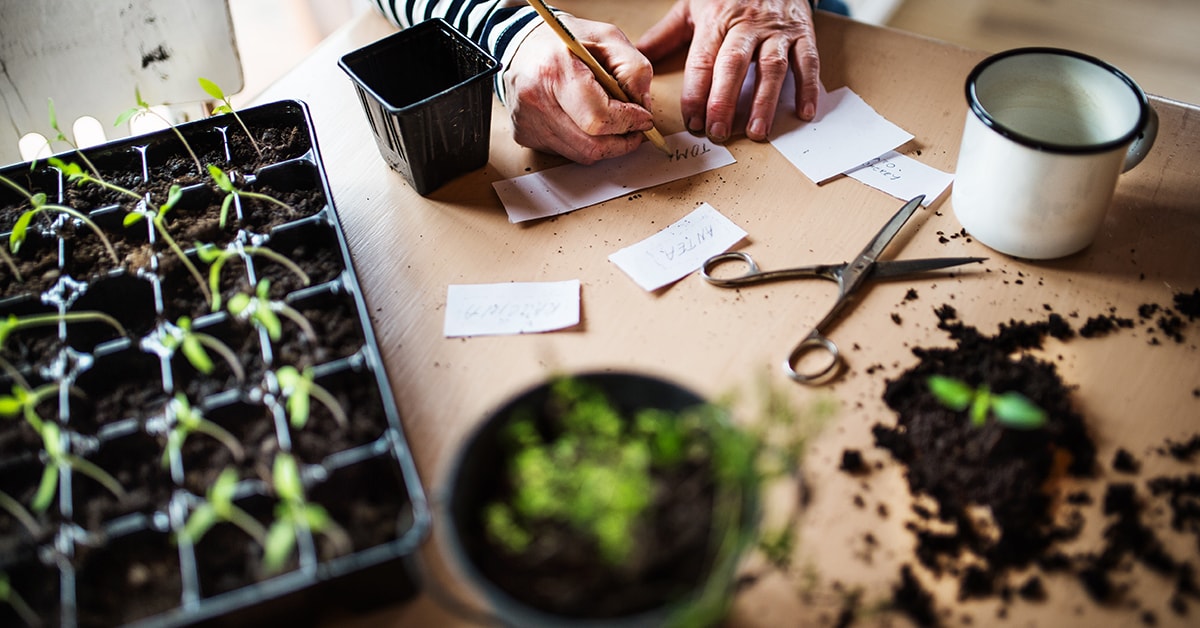
Updated on February 17, 2023
There is nothing more gratifying than growing your own seedlings and enjoying the fruits (or vegetables) of your labour. Here are the steps to master seed sowing every time, from planting to transplanting. Grab a trowel and get started!

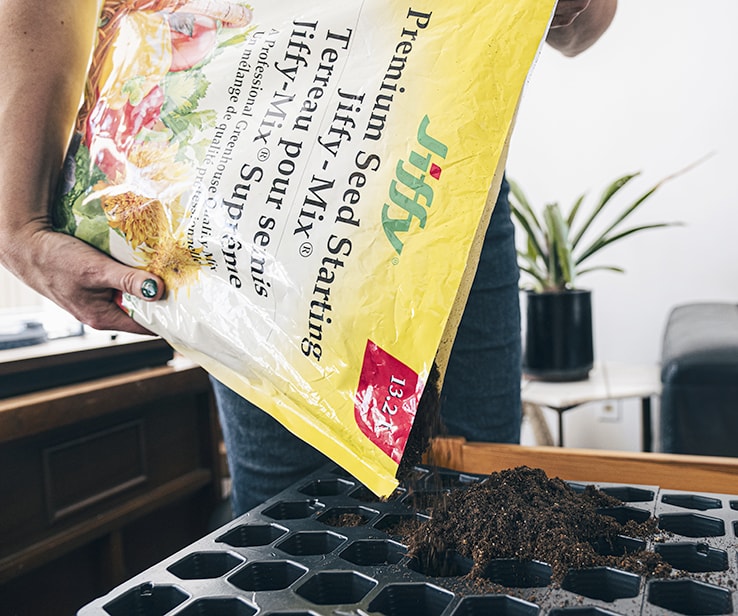
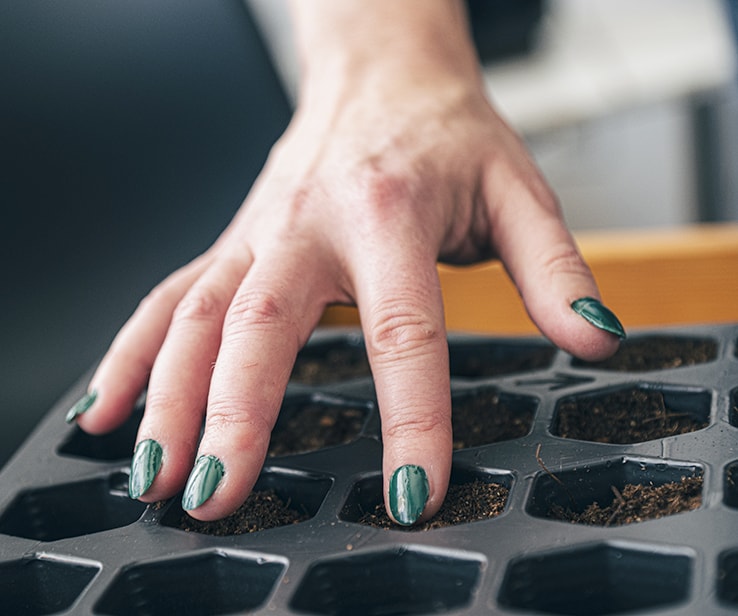
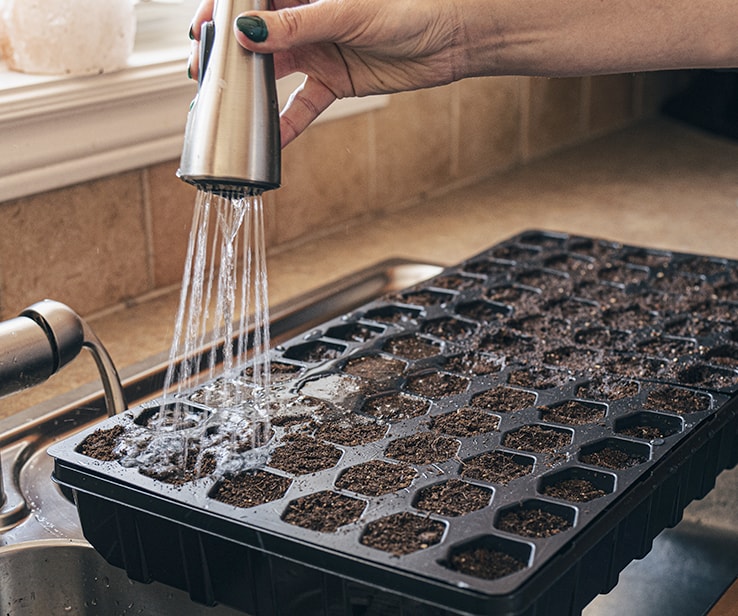
Add a third of vermiculite to seed starting soil for optimal results.

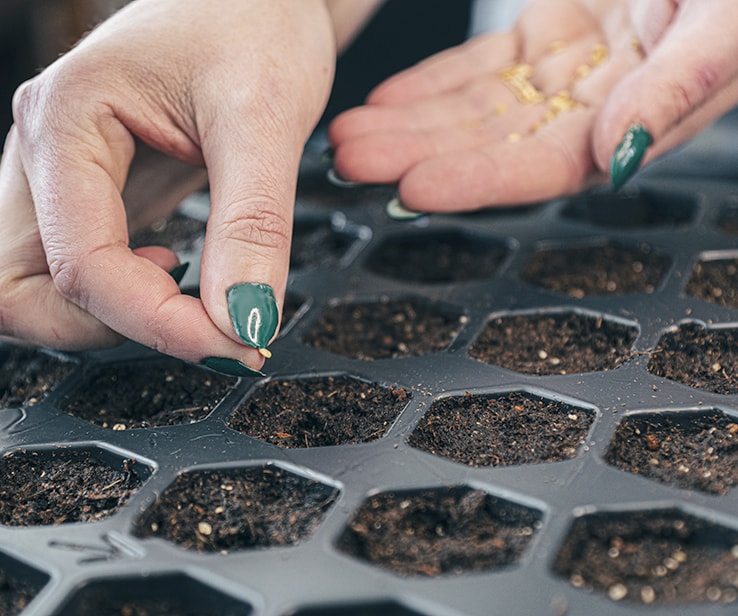
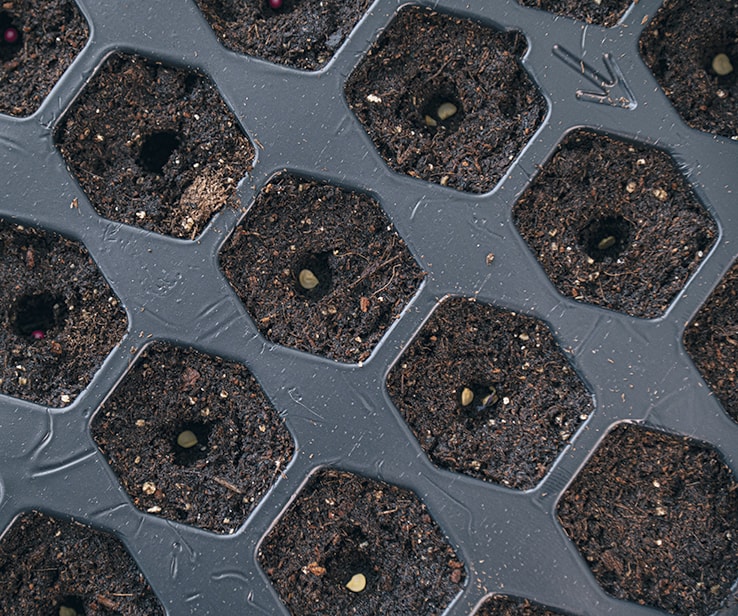

If you have leftover seeds, save them in the refrigerator or freezer. If you opt for freezing, make sure to thaw the seeds for 24 hours before planting them.
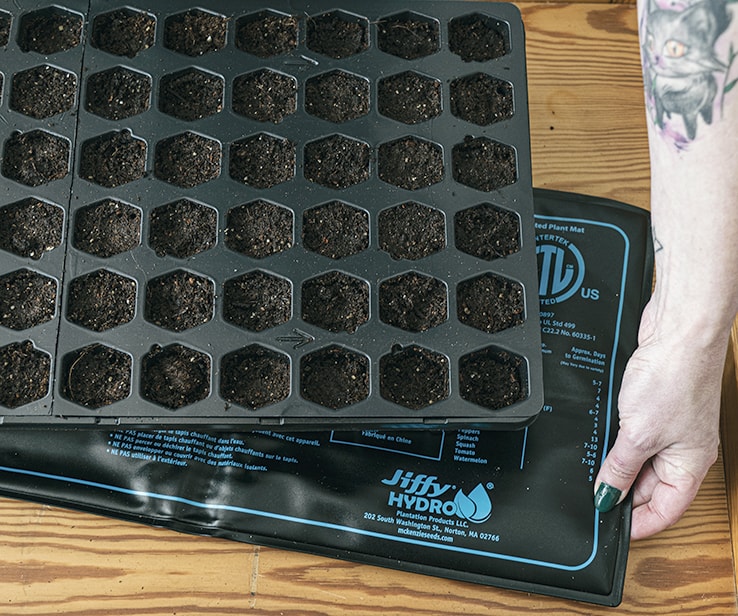
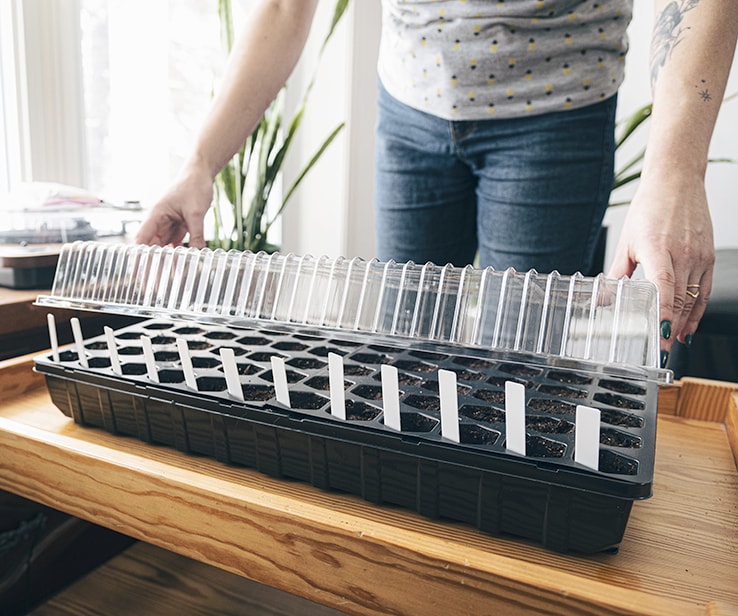
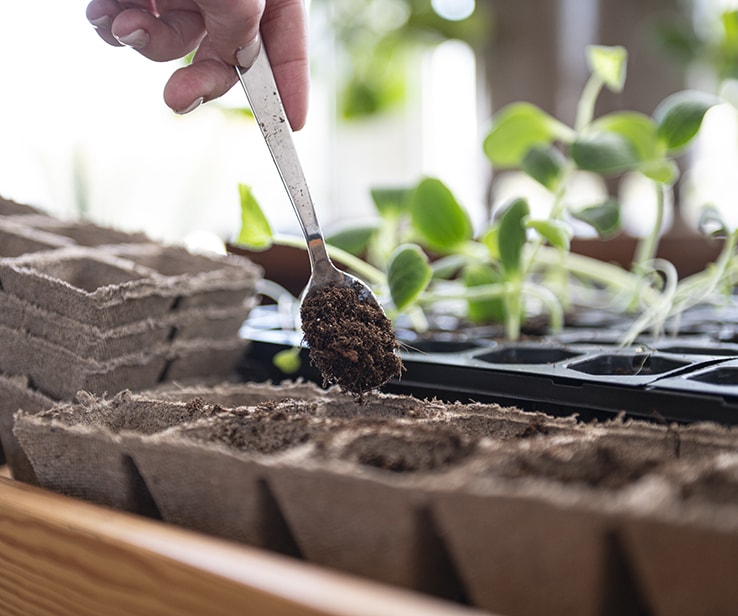
For tomatoes, plant not only the roots, but also a part of the stem in the soil. This allows the plant to become stronger, faster.
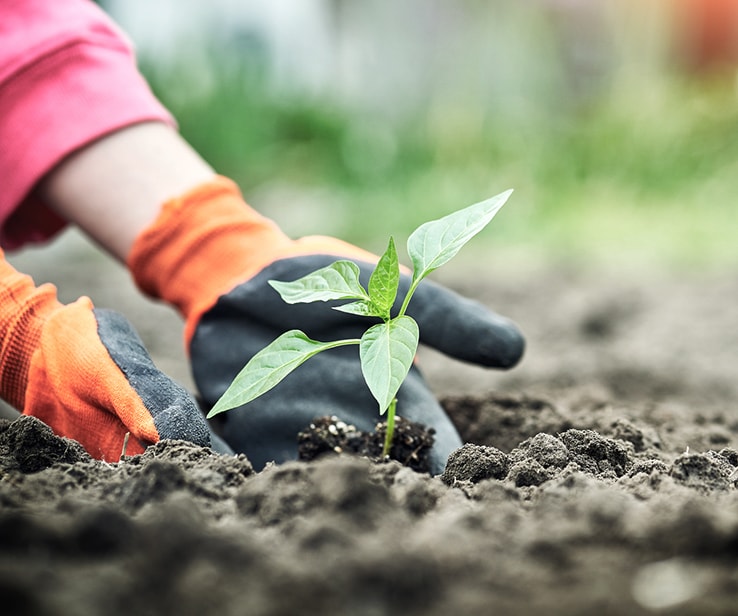
These DIY projects are provided for informational purposes only. The information contained in RONA’s DIYs is intended to provide general guidelines to simplify jobs around the house. Because tools, products, materials, techniques, building codes, and local regulations are continually changing, RONA inc. assumes no responsibility for the accuracy of the information contained herein and disclaims any liability for the omissions, errors, or outcome of any project. RONA inc. makes no representation on the feasibility of any project and the viewer bears all risks coming with the realization of the projects. It is the responsibility of the viewer to ensure compliance with all applicable laws, rules, codes, and regulations for a project. The viewer must always take proper safety precautions and exercise caution when taking on any project. If there is any doubt in regard to any element of a project, please consult a licensed professional.
